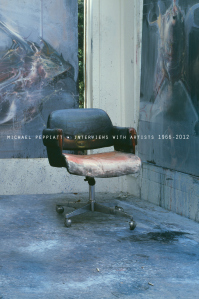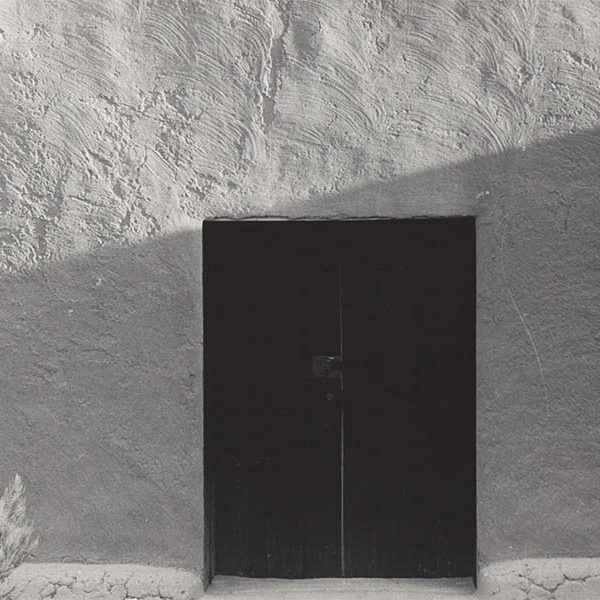For the Contemplative Artist
 “I have always thought that if you can get the artist to talk directly about his or her work, you are likely to find out more, more rapidly and more memorably, than if you try to write about it yourself or read the opinions of other critics and commentators.” So begins the introduction to Michael Peppiatt‘s book, Interviews with Artists, in which he writes about his meetings with a variety of artists, architects and photographers such as R.B. Kitaj, Frank Auerbach, Francis Bacon, Claes Oldenburg, Norman Foster and Henry Moore. Peppiatt grants us a privileged glimpse into their lives, beliefs, anxieties and thought processes, while carefully tying everything together with his own commentary—making the book a thoughtful gift for anyone who enjoys reflecting on art. Below are some highlights from Interviews with Artists:
“I have always thought that if you can get the artist to talk directly about his or her work, you are likely to find out more, more rapidly and more memorably, than if you try to write about it yourself or read the opinions of other critics and commentators.” So begins the introduction to Michael Peppiatt‘s book, Interviews with Artists, in which he writes about his meetings with a variety of artists, architects and photographers such as R.B. Kitaj, Frank Auerbach, Francis Bacon, Claes Oldenburg, Norman Foster and Henry Moore. Peppiatt grants us a privileged glimpse into their lives, beliefs, anxieties and thought processes, while carefully tying everything together with his own commentary—making the book a thoughtful gift for anyone who enjoys reflecting on art. Below are some highlights from Interviews with Artists:
Brassai on the everyday in Paris
“I loved that whole side of Paris at night — it was part of the reality of the city. I never went after subjects just because they were extraordinary. What interested me was their reality — even, in a way, their banality. That’s why I never fully agreed with the Surrealists, who adored everything exotic and strange. I’ve always loved the ordinary, the everyday — because I think that, if you really look at them, they are so often the most astonishing things of all.”
Henri Cartier-Bresson on giving up photography for painting
“One thing that drives me really mad,” Henri Cartier-Bresson says, “is when people want to bury me alive — ‘So you’re the well-known photographer’, they say. It’s as if they’re talking to me about a woman I lived with for fifty years, with joy and passion, but whom I haven’t seen for the last fifteen. It’s not that we’ve completely fallen out, we’re still on speaking terms. But I have another love now — for drawing, photography’s elder sister — and I’m monogamous.”
Francis Bacon on translating thought to painting
Michael Peppiatt: […] when you were in France recently you spent the day in Versailles and had all these images for painting simply dropping in. Do images keep dropping into your mind?
Francis Bacon: Images do drop in, constantly, but to crystallize all these phantoms that drop into your mind is another thing, you see. A phantom and an image are two totally different things.
MP: You never get what you imagine, of course.
FB: No — very, very occasionally you get something slightly better.
MP: That’s real luck.
FB: That’s real luck.
Balthus on the public reception of art
“The trouble is,” he continued, “that people have become so much more interested in the artist’s ‘personality’ than in his work. What can it matter how Picasso eats?”
Balthus is extremely wary of the publicity boom in modern art. He believes it can do nothing but harm to the artist and the meaning of art. And especially dangerous, he feels, is the belief that art is for everyone. “It is part of the modern sickness that craves a report on everything that is happening, irrespective of its importance. Why, for instance, do tens of thousands of people crown into art exhibitions? One would think they were trying to fill some kind of terrible inner emptiness.”

























